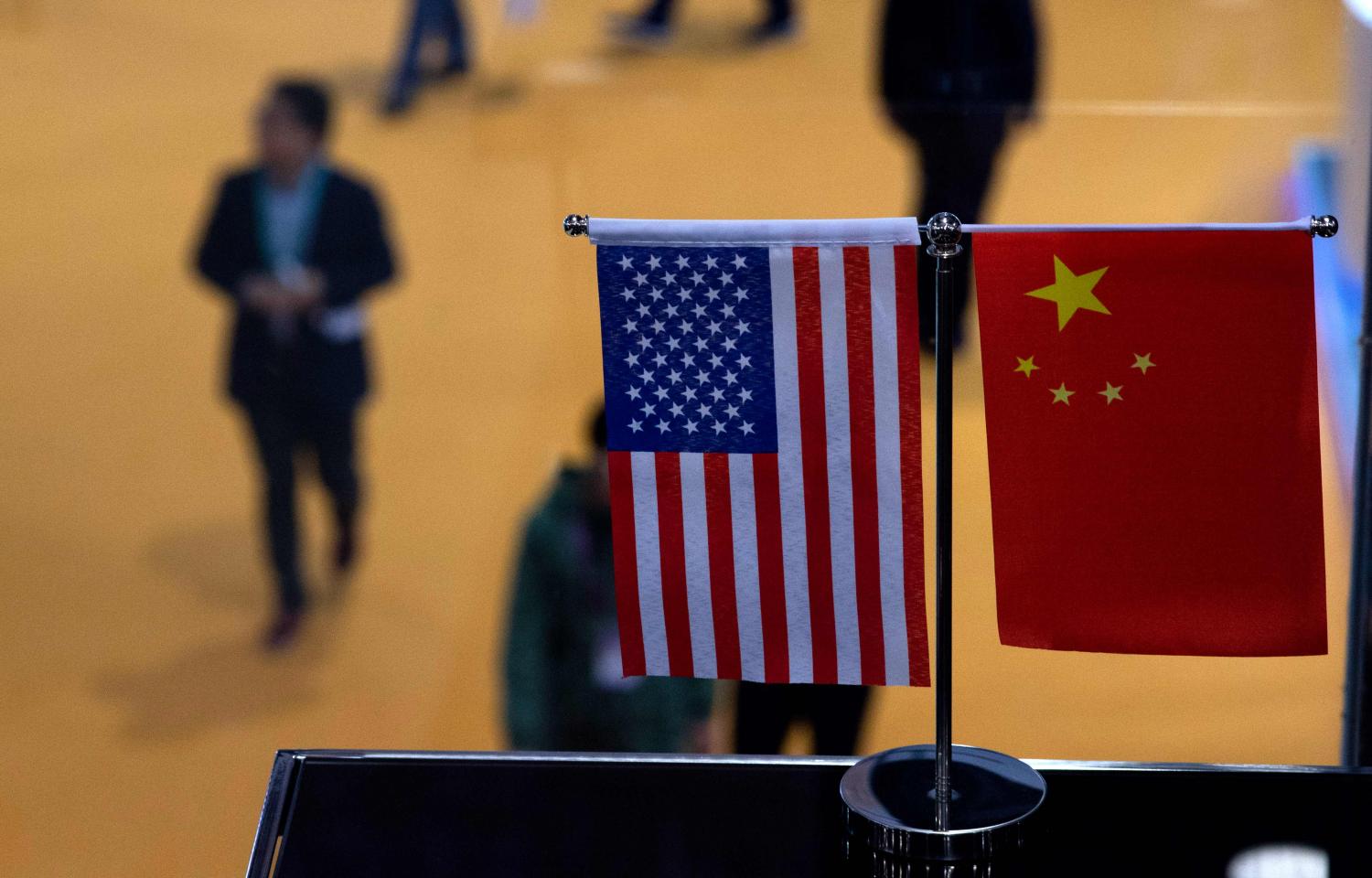
June 24, 2020
Article by Sean Randolph on Medium.com, June 19 2020
Crises can bring countries together, united by a common purpose, or it can drive them apart. So far, the COVID-19 crisis is driving the United States and China farther apart. Here’s where things stand:
On the U.S. side President Trump has suggested, without evidence, that the virus escaped from a government lab in Wuhan. This comes as Chinese investment in the U.S. is subjected to greater scrutiny by the Committee on Foreign Investment in the US (CFIUS)and the Commerce Department’s review of U.S. technology exports with potential “military end use” has tightened; a new proposed rule would give Commerce broad powers to unwind deals impacting internet and communications technology supply chains. Huawei remains a target, with a new proposal in May to bar overseas semiconductor manufacturers that use US equipment or software from selling to Huawei without government approval. Other nations are being pressed by the administration to enact similar restrictions, an argument it appears to be losing.Congress is weighing in with sanctions reacting to China’s treatment of Uighurs and its extension of security law to Hong Kong. Through all this US government officials are increasingly depicting China as an adversary, as assertion that without more nuance could prove self-fulfilling.
China for its part, has reacted defensively and aggressively to questions regarding the origin of the virus, attacking governments that have suggested it be explored. Inside China, scientists researching the topic are now required to submit their work for government review before it can be published. Attempts like this to control the narrative undermine trust and discourage cooperation. At a broader level, China is asserting influence across a broad international front, often with a hard edge. The decision of the National People’s Congress to apply China’s national security law in Hong Kong is increasing tensions further.
All this is happening in the middle of the worst economic crisis since the Great Depression. Tensions are reflected in falling investment in both directions: according to the Rhodium Group Chinese venture investment in the US has fallen off a cliff and direct Chinese investment in the US is at its lowest level in a decade; US venture investment in China, though healthy,is slowing and direct investment is flat.
Global health crises call for leadership and cooperation. During the global financial crisis of 2008-09 US and Chinese leaders consulted closely on measures to revive the global economy. Not so today.
But there’s also a counter-narrative. Most U.S. companies operating in China are positive about the relationship and want and expect business to continue. As just one example, Tesla’s entry into the electric vehicle market is proving an enormous success. And U.S. and Chinese companies and their scientists are working closely together to address the COVID-19 challenge. So despite diverging paths at the national level,private and sub-national cooperation remains strong.
The other piece of good news is that the Phase 1 trade agreement signed in January is working–up to a point.The deal itself is a modest step that paused the escalation of tariffs. China agreed to increase purchases of US agriculture and manufactured products by $200 billion over two years, address technology transfer and intellectual property concerns, and open markets to financial services such as insurance, banking, payments services and securities. The hardest issues –relating to China’s industrial policies –were left to a Phase II negotiation and most of the tariffs imposed during the trade war remain in place. These deep and possibly intractable issues threaten future conflicts.
But let’s work with what we have. Key parts of the Phase 1 agreement are being implemented in good faith by China. Financial services markets have opened and U.S. companies are stepping in. Technology transfer concerns were already addressed through a new Foreign Investment Law. The opening in financial services was already underway. A road map for how China will continue intellectual property reform has been released. Longstanding regulatory barriers in agriculture are also being addressed, in fields such as agricultural biotechnology and phytosanitary standards. Implementation is a concern, but key regulatory commitments are being met.
Meeting quantitative targets for the purchase of US goods and agriculture is proving more difficult. Most observers believe the targets were unrealistic to begin with,but with COVID-19 slowing China’s economy and the world’s economy in recession,hitting those mark swill be even harder. Contrary to expectations, US manufactured exports to China are falling, not growing, and agricultural exports have barely moved. The fact that the targets are based on government-led purchases more than on private market conditions raises further questions about its sustainability as a vehicle for growing trade.
What to do? The agreement includes a force majeure clause and if both countries agree its terms can be changed. If another downward spiral in relations is to be prevented the Phase 1 agreement must be made to work. China should be expected to deliver on its commitments, but on terms that are practical in today’s conditions. A successful Phase 1, modified or repackaged, can demonstrate the willingness of both countries to work together. An abrogation by either side would be seriously destabilizing.
A decoupling of the two economies is already happening by both governments, starting with technology and supply chains. The scope of separation, however, should be limited. These are the world’s two largest economies, and a complete decoupling is neither desirable nor possible. To find a new floor, both governments should come to an agreement on areas where interests will diverge, where cooperation should continue, and areas where both could lead. That process of pragmatic realignment should start with the Phase 1 agreement, which at this moment is pivotal and must be made to work